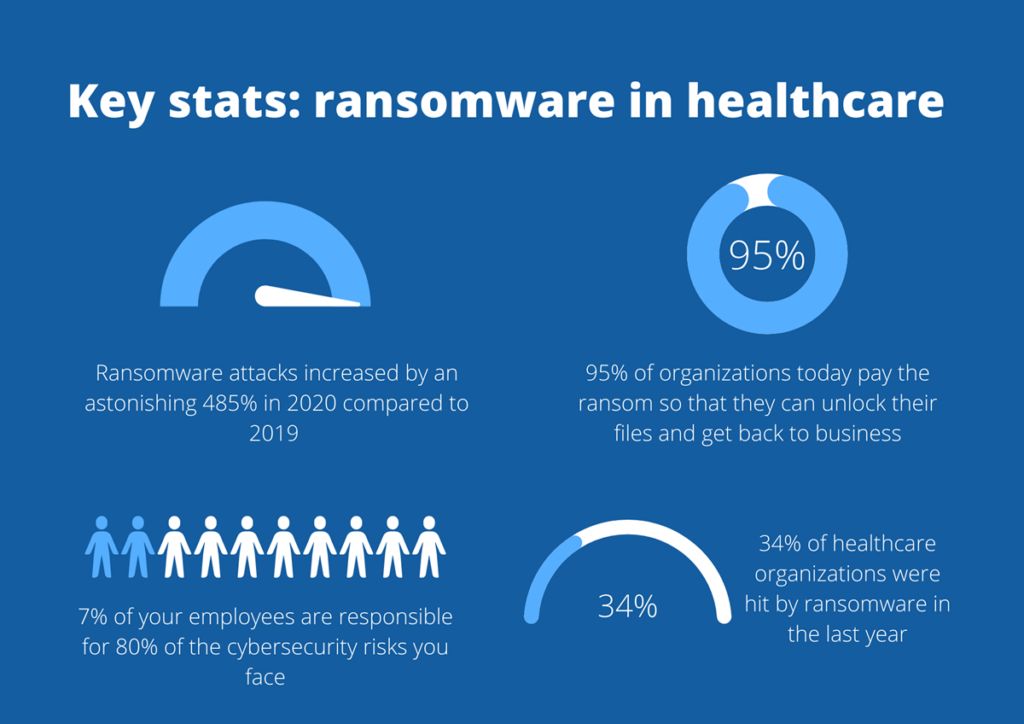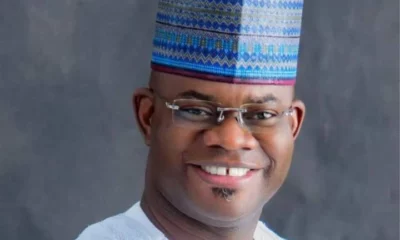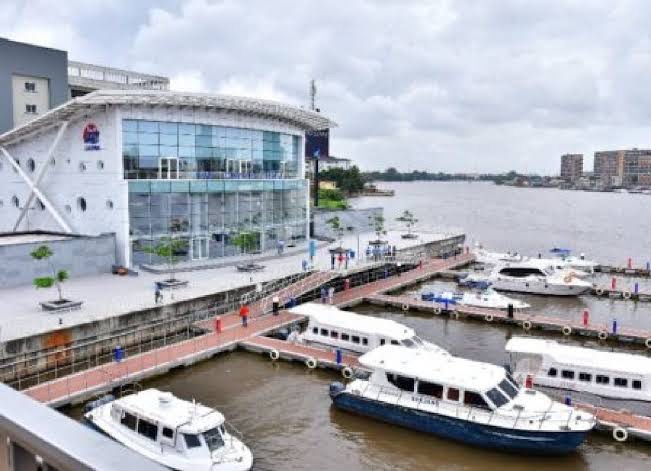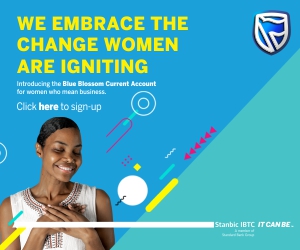Health
60% Of 979 Deaths In Kano Linked To COVID-19 – Ministry Of Information


The Minister of Health, Dr Osagie Ehanire, Monday, said at least 60 per cent of the 979 deaths reported in Kano State may have been triggered by coronavirus (COVID-19).
At the Presidential Task Force briefing on COVID-19 which held in Abuja, the Minister explained that the figures were the outcome of an investigation carried out by the Federal Government to unravel the circumstances that led to the death of hundreds of residents in Kano.
According to the minister, the deaths were reported in April from eight municipal local government areas of the state.
He noted that the initial figure was 43 deaths per day at the peak before it settled at the rate of 11 deaths per day, weeks later.
Ehanire revealed that about 56 per cent of the deaths were recorded at home and 38 per cent were confirmed in the hospital.
He added that investigation indicated that between 50 to 60 per cent of the deaths were as a result of COVID-19 in the face of pre-existing health challenges.
The minister informed reporters at the briefing that most of the victims were aged above 65, saying a majority died due to their inability to access routine healthcare at the time.
He appealed to Nigerians to continue to wear face masks at all times in the public as is a valuable safety precaution against the disease.
Ehanire also urged them to observe respiratory hygiene, wash their hands regularly, use sanitisers, and adhere to physical distancing.
Read the minister’s remarks at the briefing below:
PRESS BRIEFING BY HON. MINISTER OF HEALTH, DR. OSAGIE EHANIRE AT THE PRESIDENTIAL TASK FORCE ON COVID-19 PRESS BRIEFING ON MONDAY 8TH JUNE, 2020
PROTOCOL
Saturday 6th June 2020 marked 100 days since the first confirmed case of COVID-19 in Nigeria. In that period, we have seen a lot and learned a lot about this novel virus, about which so little was known at inception. I used that occasion to give a live update on our Nation’s response on the Federal Ministry of Health social media platforms.
In these 100 days, we have tested over 76,800 persons, recorded 12,486 confirmed COVID-19 cases in 35 States and FCT, successfully treated and discharged 3,959 persons, but sadly lost 354 Nigerians, most of whom had underlying illnesses. May their souls rest in peace.
Our response during this period has been focused and targeted; at the initial phase, on screening travellers at Points of Entry, testing for virus importation, tracing their contacts and isolating positive cases.
Since our entry into the community transmission phase, we have begun more aggressive tracking and testing and increased our laboratory network capacity from 5 to presently 30 molecular laboratories, with a plan for at least one laboratory in every state. This way, turnaround time is reduced to a minimum and case finding and management will run smoothly.
Management of infected cases is being reviewed and improved, with revised Clinical Guidelines to be published in accordance with the learnings and evolving dynamics associated with COVID-19 and global best practices.
This includes new discharge protocols, treatment regimen for asymptomatic or symptomatic cases with various clinical conditions. We continue to collaborate with States and the FCT with regard to their management of cases with provision of commodities, training and other technical support where needed.
The 2-day Webinar held on the 3rd and 4th of June on the effect of COVID-19 on health and care management of the elderly was conducted in collaboration with the West African Health Organization (WAHO), and took a critical look at various aspects of the impact of the disease on the elderly, who are usually at higher risk of infection.
The outcome of the webinar provides grounds for policy direction for care of the elderly during and beyond COVID-19. The general recommendation is that senior citizens are vulnerable and should stay at home most times and wear a mask once outside their home.
This morning, the Federal Ministry of Health received the report of the Ministerial Task Team that went to Kano, to support the COVID-19 response with commodities, training, technical and confidence-building measures.
The visit was extended to fact-finding excursions to offer support to five other states. With the observations and recommendations from the three-week assignment, the committee developed a Strategic Incident Action Plan to strengthen the coordination capacity of the health workers and improve community engagement in line with our response plan.
While over 150 health workers had been infected at the time of their arrival, there was no report of infection among health workers who had received training on infection prevention and control, thus restoring confidence. The intervention of the ministerial task force has been a game-changer for Kano and some northern States.
With regard to unexplained deaths in Kano which occurred in April, the team confirmed from graveyard records, that a total of 979 deaths were recorded in 8 municipal LGA in the state at a rate of 43 deaths per day, with a peak in the second week of April.
By the beginning of May, the death rate had reduced to the 11 deaths per day it used to be. The verbal autopsy revealed that about 56% of deaths had occurred at home while 38% were in a hospital. With circumstantial evidence as all to go by, investigation suggests that between 50-60% of the deaths may have been triggered by or due to COVID-19, in the face of preexisting ailments. Most fatalities were over 65 years of age.
I thank Dr Gwarzo, Prof Nasidi, members of the team, especially the contingent from Irrua, for diligently carrying out this assignment and achieving their targets.
It is gratifying to note that they all returned safely and had no incident of contracting the infection. I also commend His Excellency, the Governor of Kano State for his support to the team throughout.
Finally, I wish to again remind everyone that wearing your face mask at all times in the public, or even inside your house, when not sure of your company, is a valuable safety precaution for you, your family and friends.
Be advised to observe respiratory hygiene, wash hands regularly, use sanitizers and adhere to physical distancing.
Thank you for your attention.
Health
Cybercriminals Successfully Encrypted Data in Ransomware Attacks on Nearly 75% of Healthcare Organizations, Sophos Survey
Only 24% of Healthcare Organizations Were Able to Disrupt a Ransomware Attack Before Attackers Encrypted Their Data. This is the Lowest Rate of Disruption in 3 Years, reports SANDRA ANI


Sophos, a global leader in innovating and delivering cybersecurity as a service, today shared its sector survey report, “The State of Ransomware in Healthcare 2023,” which revealed that, among those organizations surveyed, cybercriminals successfully encrypted data in nearly 75% of ransomware attacks.
This is the highest rate of encryption in the past three years and a significant increase from the 61% of healthcare organizations that reported having their data encrypted last year.
In addition, only 24% of healthcare organizations were able to disrupt a ransomware attack before the attackers encrypted their data—down from 34% in 2022; this is the lowest rate of disruption reported by the sector over the past three years.
“To me, the percentage of organizations that successfully stop an attack before encryption is a strong indicator of security maturity. For the healthcare sector, however, this number is quite low—only 24%. What’s more, this number is declining, which suggests the sector is actively losing ground against cyberattackers and is increasingly unable to detect and stop an attack in progress.
“Part of the problem is that ransomware attacks continue to grow in sophistication, and the attackers are speeding up their attack timelines. In the latest Active Adversary Report for Tech Leaders, we found that the median time from the start of a ransomware attack to detection was only five days. We also found that 90% of ransomware attacks took place after regular business hours. The ransomware threat has simply become too complex for most companies to go at it alone. All organizations, especially those in healthcare, need to modernize their defensive approach to cybercrime, moving from being solely preventative to actively monitoring and investigating alerts 24/7 and securing outside help in the form of services like managed detection and response (MDR),” said Chester Wisniewski, director, field CTO, Sophos.


Additional key findings from the report include:
- In 37% of ransomware attacks where data was successfully encrypted, data was also stolen, suggesting a rise in the “double dip” method
- Healthcare organizations are now taking longer to recover, with 47% recovering in a week, compared to 54% last year
- The overall number of ransomware attacks against healthcare organizations surveyed declined from 66% in 2022 to 60% this year
- Compromised credentials were the number one root cause of ransomware attacks against healthcare organizations, followed by exploits
- The number of healthcare organizations surveyed that paid ransom payments declined from 61% last year to 42% this year. This is lower than the cross-sector average of 46%
“In 2016, the Red Cross Hospital of Córdoba in Spain suffered a ransomware attack that reached servers and encrypted hundreds of files, medical records and other important patient information. It was a major disruption to our operations and interfered with our ability to care for our patients. The stakes are high in ransomware attacks against healthcare organizations—and attackers know that—meaning we’ll always be a target. After this ransomware attack, we worked hard with Tekpyme to bolster our defenses, and now we have reduced our incident response time by 80%. I think the industry as a whole is making improvements, but there is still work to do, because of the constantly changing nature of cybercrime. Hopefully healthcare organizations can leverage the help that is available from security vendors such as Sophos to prevent a very real ‘threat to life’ if systems go offline due to a ransomware attack,” said José Antonio Alcaraz Pérez, head of information systems and communications at Cruz Red Andalusia in Spain.
“Cyberspace today is ripe with technically sophisticated actors looking for vulnerabilities to exploit. What all this translates to is a multidimensional cyberthreat of actors who have the tools to paralyze entire hospitals. Partnering with the private sector is critical to our mission. The information [they] share has real-world impacts and can save real businesses and real lives,” said Christopher Wray, FBI Director.
Sophos recommends the following best practices to help defend against ransomware and other cyberattacks:
- Strengthen defensive shields with:
- Security tools that defend against the most common attack vectors, including endpoint protection with strong anti-ransomware and anti-exploit capabilities
- Zero Trust Network Access (ZTNA) to thwart the abuse of compromised credentials
- Adaptive technologies that respond automatically to attacks, disrupting adversaries and buying defenders time to respond
- 24/7 threat detection, investigation and response, whether delivered in-house or by a specialized Managed Detection and Response (MDR) provider
- Optimize attack preparation, including regularly backing up, practicing recovering data from backups and maintaining an up-to-date incident response plan
- Maintain security hygiene, including timely patching and regularly reviewing security tool configurations
To learn more about the State of Ransomware in Healthcare 2023, download the full report from Sophos.com.
*The State of Ransomware 2023 survey polled 3,000 IT/cybersecurity leaders in organizations with between 100 and 5,000 employees, including 233 from the healthcare sector, across 14 countries in the Americas, EMEA and Asia Pacific.
Health
LUTH Doctor Slumps And Dies After 72hrs Call In The Neurosurgery Unit


Outrage As LUTH Doctor Dies After 72-hour Non-stop Shift
Tweeps have taken to X to share their thoughts on the death of a young doctor, identified as Dr. Umoh Michael, who died on Sunday after allegedly working 72 hours straight.
According to reports, Michael died during a church service at the United Evangelical Church on September 17. He was said to have worked a 72-hour non-stop shift at the Lagos University Teaching Hospital, Idi-Araba, where he was a resident doctor.
Doctors under the aegis of the Association of Resident Doctors, LUTH chapter, in a letter addressed to the Chief Medical Director, LUTH, Prof. Wasiu Lanre Adeyemo, attested to the fact that the young doctor was overworked.
They claimed Michael returned home at about 3:00 a.m. Sunday after a 72-hour shift in the hospital, adding that he had barely slept in their apartment before that day.
The statement partly read, “We the house officers are in deep grief over the loss of our colleague, a co-house officer (Dr Umoh Michael) who died on 17th September, 2023, after having a 72hrs call in the Neurosurgery Unit.
“He is said to have been on call 72hrs before arriving home on Sunday morning to get set for church service, reaching his worship center (United Evangelical Church) where he slumped in the church at about 11 am.”
“His roommate attested to the fact that Umoh Michael had barely slept in their apartment over the past one week as he was always on call or the day he returned home was around 3 a.m. after surgeries and other activities in the Neurosurgery Unit.”
Reacting to the sad incident, LUTH’s Public Relations Officer, Omolola Fakeye, who spoke on an online platform (not PUNCH) Online said, “It is not true that anybody worked for 72 hours. I have not been briefed about his death.
“We were at a programme yesterday (Monday), but I will find out; I can’t say anything now. I will check the medical report of what could have happened because anybody can say anything, but the medical report will show us what happened.”
May his soul rest in peace.
Health
Why You Need To Drink More Water Than You Use To


Hello! It’s the weekend, And as usual, We want to share some quick important healthy living tips with you.
Today, We will be sharing on the IMPORTANCE OF DRINKING ENOUGH WATER.
Do you know that Adult humans are 60 percent water, and our blood is 90 percent water? Now, There isn’t an agreed quantity of water that must be consumed daily. You only need to drink as plenty as you should.
Water can be said to be one of the highest natural medicines to man, As it helps avoid a lot of sicknesses like kidney stones, And it also helps in their healing process.
Here are a few importance of drinking enough water;
1. It boosts skin health and beauty: With dehydration, the skin can become more vulnerable to skin disorders and premature wrinkling.
2. It cushions the brain, spinal cord, and other sensitive tissues: Dehydration can affect brain structure and function. It is also involved in the production of hormones and neurotransmitters. Prolonged dehydration can lead to problems with thinking and reasoning.
3. It regulates body temperature: Water that is stored in the middle layers of the skin comes to the skin’s surface as sweat when the body heats up. As it evaporates, it cools the body. In sport.
4. The digestive system depends on it: The bowel needs water to work properly. Dehydration can lead to digestive problems, constipation, and an overly acidic stomach. This increases the risk of heartburn and stomach ulcers.
5. Adequate water flushes body waste easily: For sweating and removal of urine and feces.
6. The airways need it: When dehydrated, Airways are restricted by the body in an effort to minimize water loss. This can make asthma and allergies worse.
7. It helps maintain body blood pressure.
8. It prevents kidney damage: The kidneys regulate fluid in the body. Insufficient water can lead to kidney stones and other problems.
9. Consuming enough water instead of sweetened drinks helps with weight loss.
10. Joint Lubrication: Cartilage, found in joints and the disks of the spine, contains around 80% water. Dehydration can reduce the joints’ shock-absorbing ability, leading to joint pain.
Please drink enough water!
-



 Spotlight3 days ago
Spotlight3 days agoPresident Tinubu Congratulates Tunde Onakoya On Guinness World Chess Record
-



 Politics3 days ago
Politics3 days agoGovernor Of Delta State, Sheriff Oborevwori Visits Fled Community Of Okuama, Calls Indigenes To Return Home
-





 Finance4 days ago
Finance4 days agoImmigration Office Place Ex Governor, Yahaya Bello On Watchlist While IG Of Police Withdraws All Police Officers Attached To Him
-



 Transport2 days ago
Transport2 days agoFederal Government To Launch Out 2700 CNG Buses, Tricycles Ahead Of First anniversary Of Tinubu’s Administration
-



 News1 day ago
News1 day agoNigeria Has Secured $2.25B World Bank Loan With An Interest Rate Of 1% – Minister Of Finance
-





 News6 hours ago
News6 hours agoEFCC: Former Governor Of Kogi State, Yahaya Bello Fails To Show Up In Court, Says He Is Scared Of Arrest






